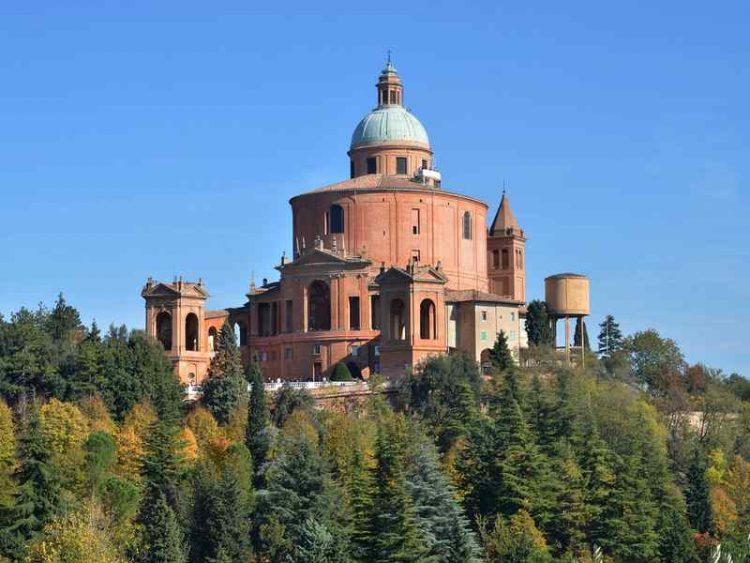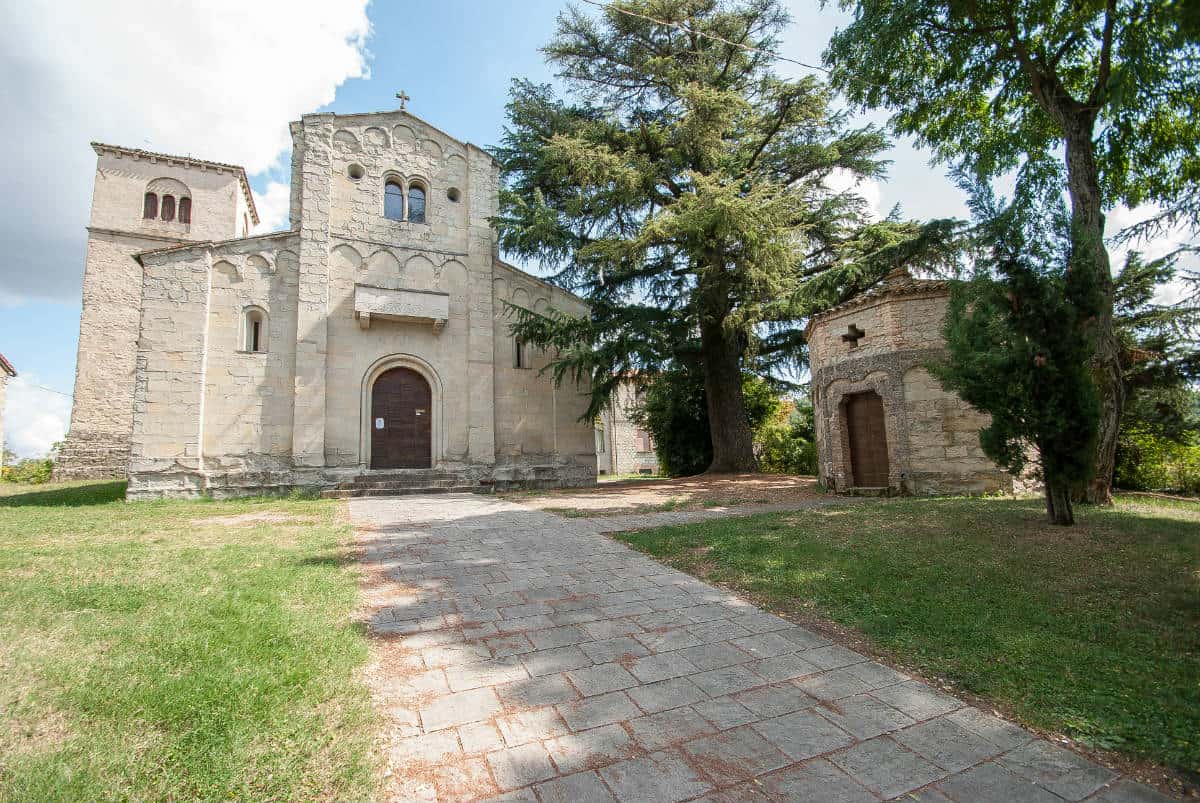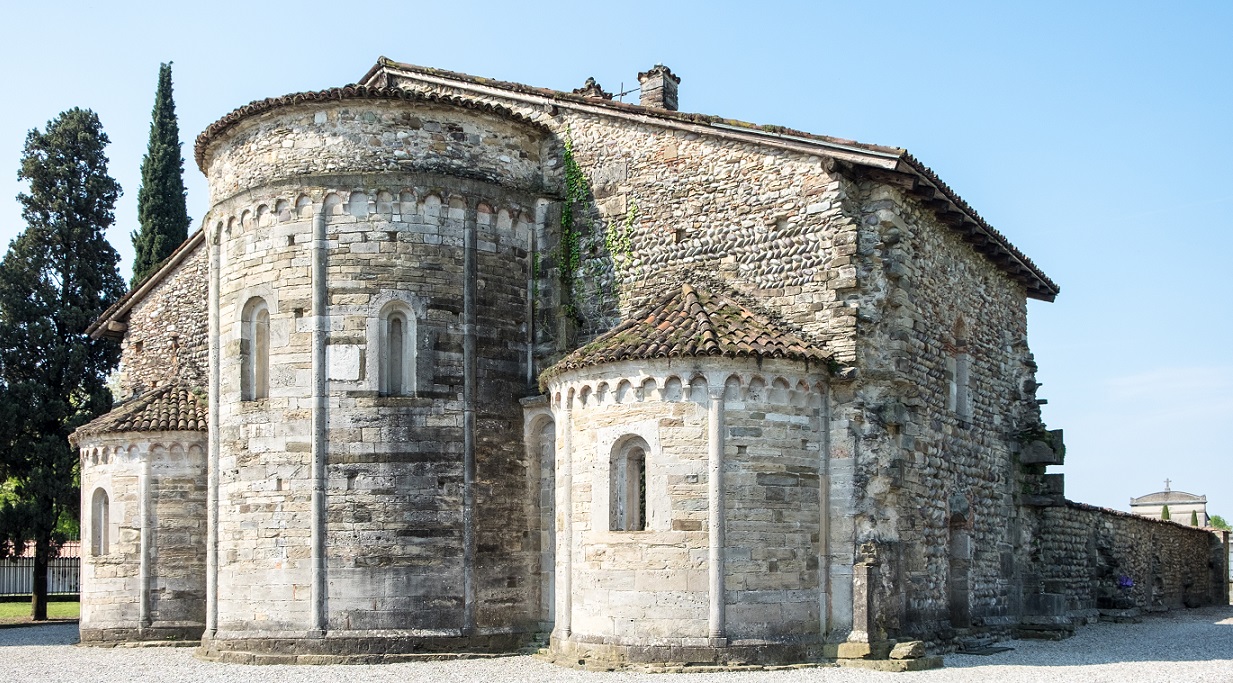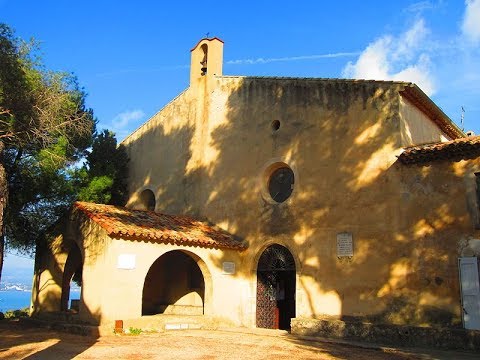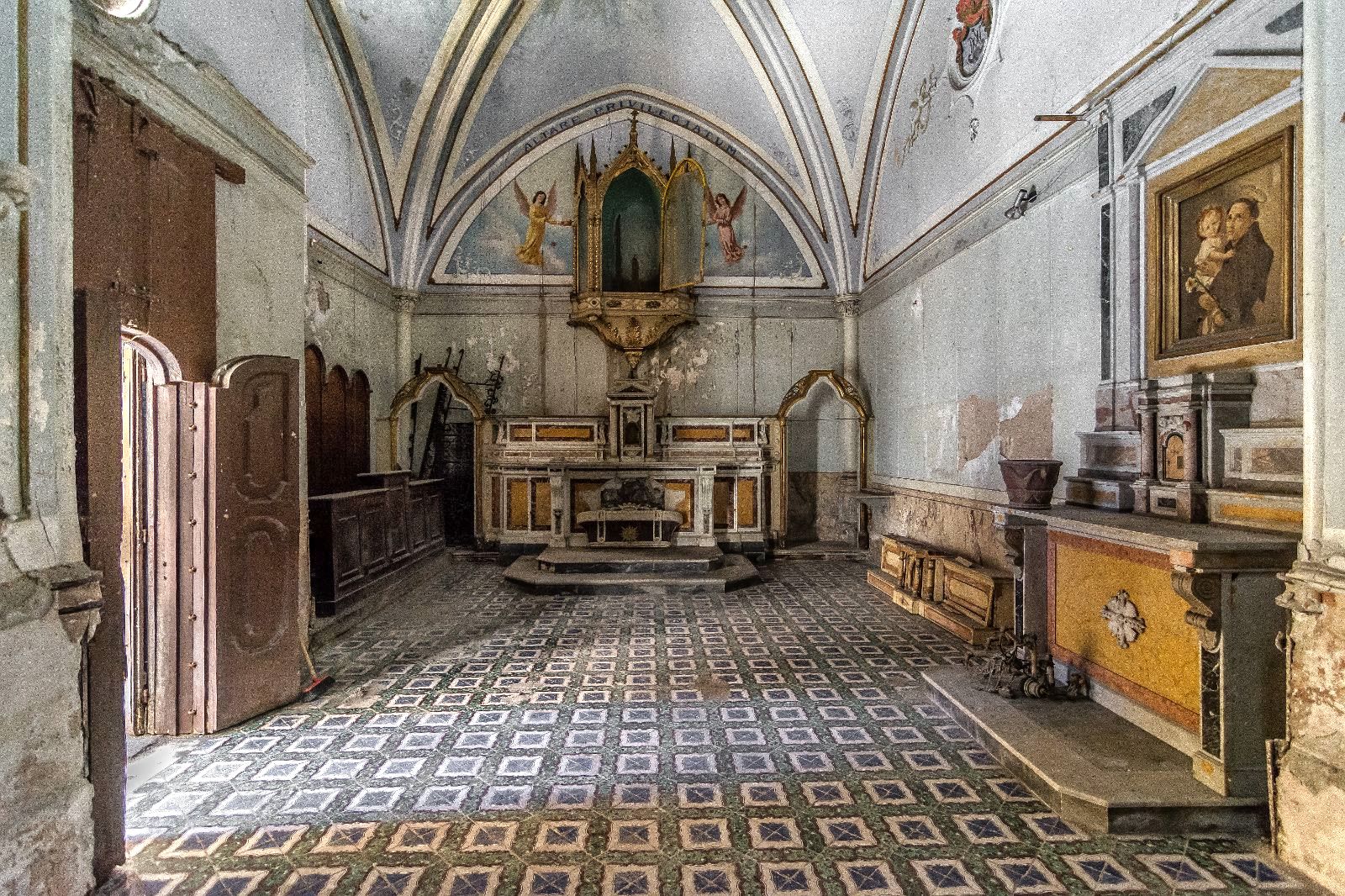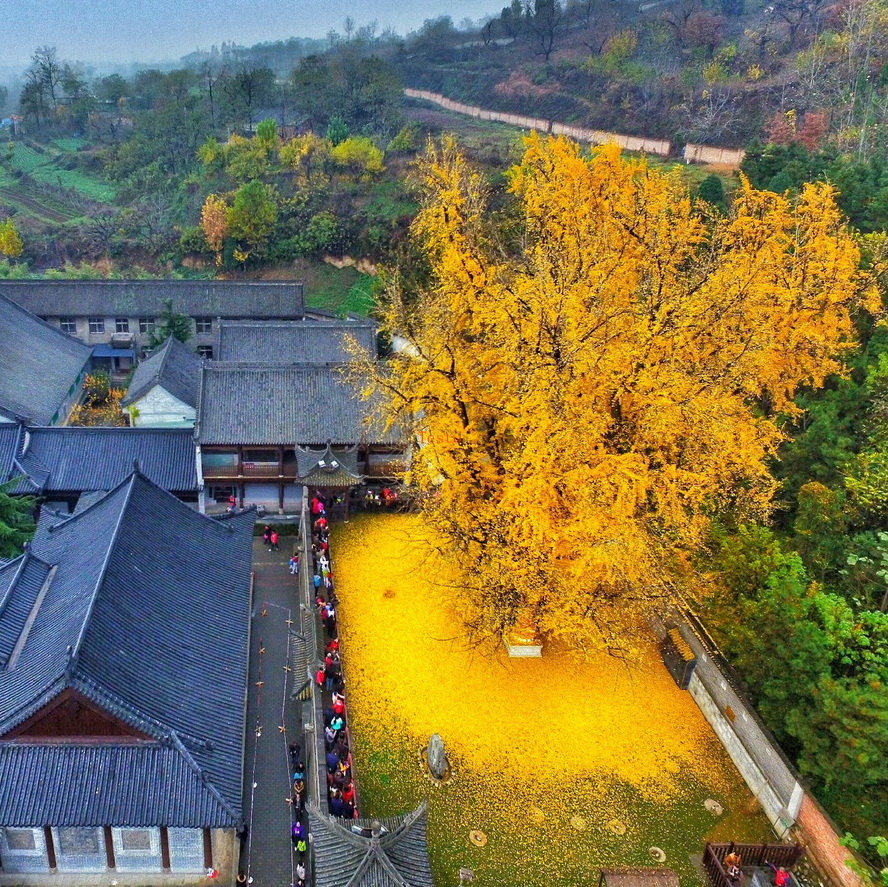The Basilica of San Luca, which towers over the city on the Colle della Guardia, is one of Bologna’s most beautiful symbols.
A church built at the top of a steep slope, which you can walk under a portico, almost 4 km long and with 666 arches. It is no coincidence that this number indicates the devil: the portico is nothing more than the representation of the snake that tries to tempt the Madonna but is crushed under her feet.
According to legend, the Sanctuary of San Luca was founded by a Greek pilgrim who brought here the Marian icon that is still the symbol of the basilica. It is said to be a painting by Luke the Evangelist, which, according to the interpretations of the priests of Constantinople, had to be placed on the ‘Mount of the Guard’, identified with the Bolognese hill. Various narrations enrich this myth, but what historiography has managed to prove is that the first traces of a hermitage on top of this hill date back to around 1100. Over the centuries, what had become a small monastery was enlarged with an oratory, a church, and then became a sanctuary, which passed from order to order, remaining a coveted pilgrimage destination, until the event (and here history returns to intertwine with legend) of the ‘miracle of the rain’ that elevated it permanently to the status of a prodigious place. In the summer of 1433 torrential rains seriously threatened to destroy the crops: it was decided to carry in procession the icon of the Madonna from the Sanctuary to the city center, to pay homage and ask for grace. That’s why not only the custom of carrying the icon in procession every year was established, but also the custom of making even more assiduous pilgrimages to the sanctuary, starting from the centre of Bologna. The place of worship was enlarged and became more and more majestic architecturally, and what is now known as the Portico di San Luca was built, a path that is still today the longest portico in the world: 3,796 metres.
In any case, with regard to 666 and the snake, or the Devil, there are no ‘official’ explanations, although it seems very strange that in such an important place of worship, certain details are not taken into account.
It should be added, however, that some people count the arches as 658 (excluding some pillars for example) and if so, the satanic coincidence would disappear. In any case, this curious ambivalence of the portico of San Luca, together with its architectural magnificence, only increases its charm, even in the eyes of non-believers.
